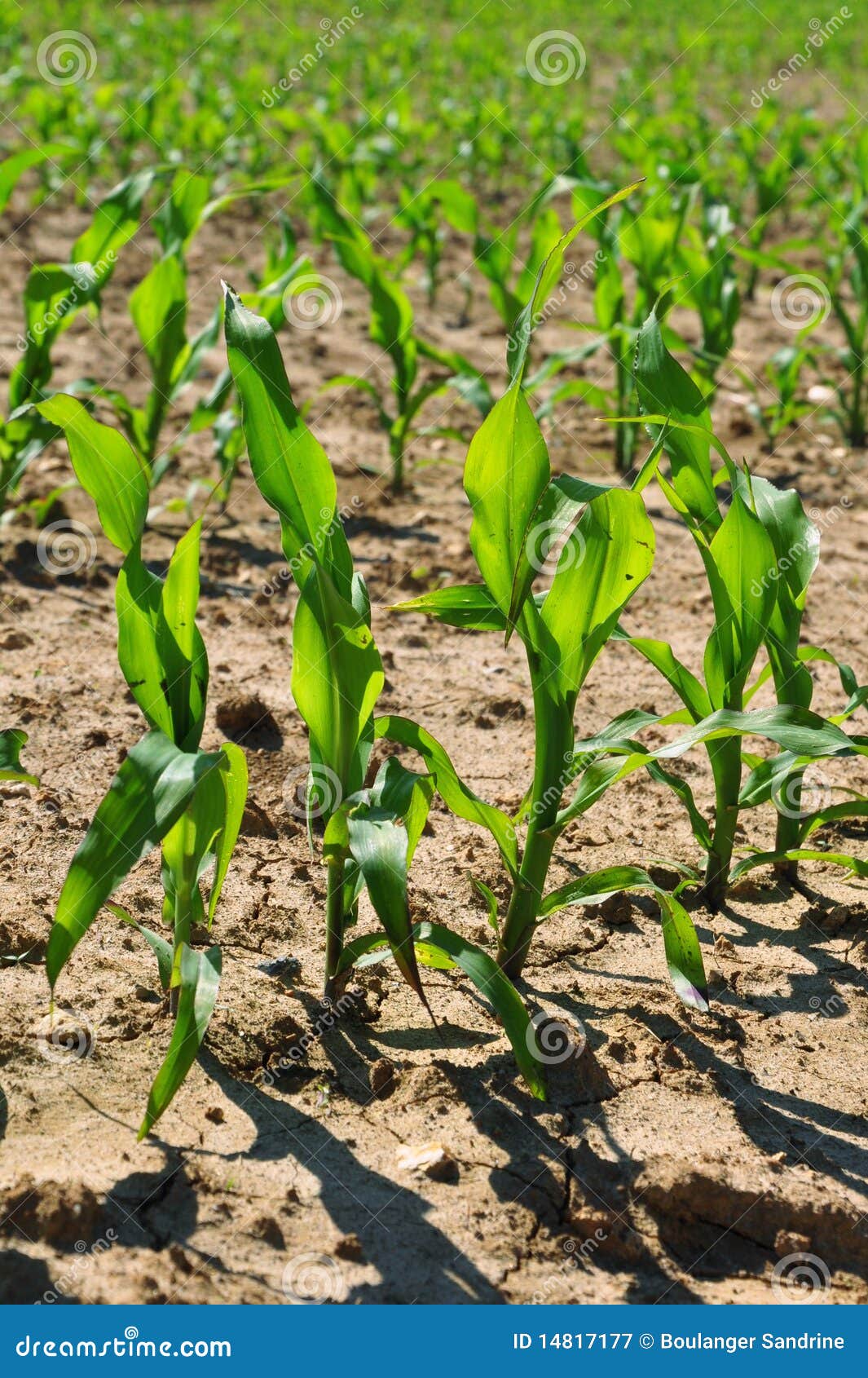

So, if you are looking to grow corn in containers, keep that in mind!Īs a small-scale urban gardener, I rely on hand pollination for all my corn. I made the mistake of trying to grow corn thickly in a container once, and it dried out too quickly to properly produce any corn. Mulching your corn can really help with retaining the proper moisture levels. It can handle lots of heat, but it does like the soil to stay pretty moist. Therefore, keeping your corn huddled together (and not spaced out) can help ensure pollination-although see my tips for hand pollinating corn below. Why? because corn is wind pollinated in nature. It doesn’t have to be a whole field, but arranging your corn plants in a square or rectangular shape can help ensure good pollination. Remember how I mentioned that strategic placement is one thing that can help you grow corn successfully in your garden? I have had the most success growing corn in a square or rectangular plot. Corn is a heavy feeding plant, so I top with multiple inches of compost before planting, and will occasionally apply a fish & kelp fertilizer if it looks like they need it. You can read how we amend our garden beds between seasons here.Īlso, remember that corn grows tall (always double check the height on your seed packet) so be sure to plant seedlings where your corn will not shade out your other plants in the garden. My experience with corn is that it is more forgiving regarding soil type. Surprisingly, I have corn growing in a raised bed with really rich, loamy soil and more growing in a more clay-dominant garden area.
#Corn seedlings falling over full#
Ideal conditions for growing corn in the gardenĬhoose a location that is full sun.

This year I am really REALLy trying to stay on top of my succession sowing-my goal is to have sweet corn every week! Hold me to it garden friends! If this is your first time trying to grow corn in your garden, stick with one variety of corn to succession sow (see below for notes on possible issues with cross pollination).
#Corn seedlings falling over how to#
For more succession sowing tips, read How to Succesion Plant to Maximize Your Harvest. This means starting a new round of corn seeds every few weeks to ensure consistent harvests for the whole season. Try and succession sow corn throughout Summer. In fact, corn made my list of 10 heat-loving vegetables & flowers to grow from seed. You can start later in the warm season too, as corn is very forgiving and tolerates heat well. Since corn grows so fast from seed, wait until your weather is consistently warm during the day and night temperatures are staying about 50-60 degrees F. I find that corn loves heat, and my Southern California (zone 10b) climate allows me to grow corn alllll Summer long, and I even sow a last crop in Fall.


This is when things get zone specific! Don’t forget to find your garden zone here because it’s a helpful tool for looking up growing schedules. This is probably because I focus on garden to table meals, and both of those are types of corn that I use often in the kitchen. I only have experience growing sweet corn and popping corn. Actually has a dent that forms on the kernal as it dries due to the starches shrinking inside. ♦Dent corn– most widely grown for animal feed, processing, and ethanol. ♦Popping corn– A type of flint corn, but known to be ideal for popping. ♦Flour corn– A type of corn that is unique because it does feel hard, but it contains enough starch that it can be easily ground into a soft, fine powder or cornmeal. ♦Sweet corn– starchy, high sugar content, and delicious! Sweet corn is eaten fresh on a hot Summer’s day. Often used for ornamental purposes because it comes in a wide array of colors. ♦Flint corn– has a very hard outer layer, hence the name “flint.” Can sometimes be popped, but not always considered ideal. There are different categories of corn (zea mays), and you might also find that some varieties of corn have the traits of multiple categories. Types of corn you can grow in your garden


 0 kommentar(er)
0 kommentar(er)
